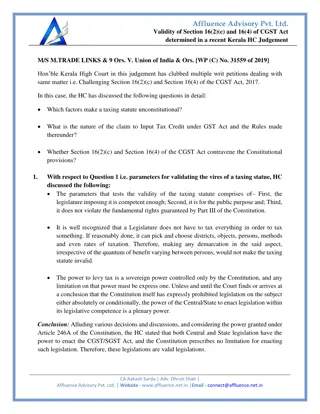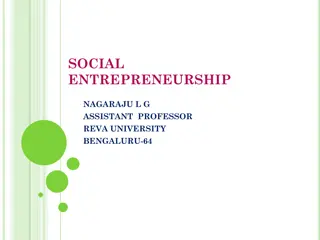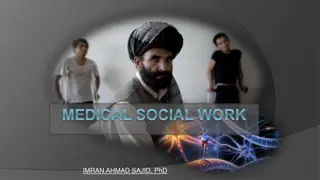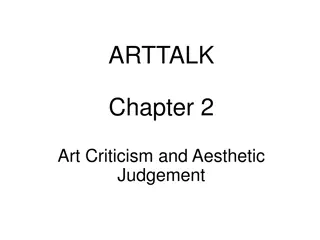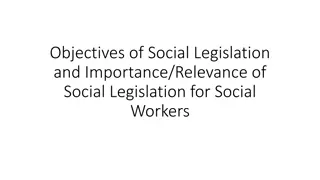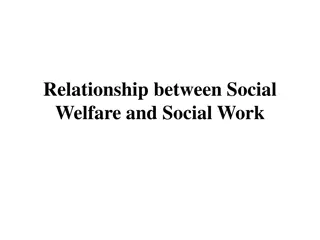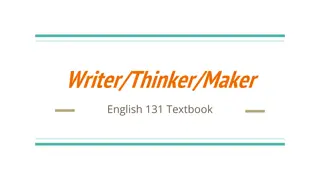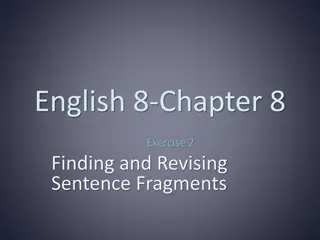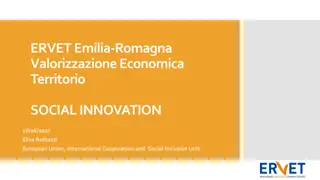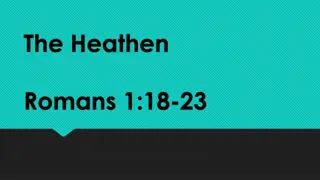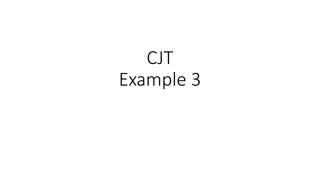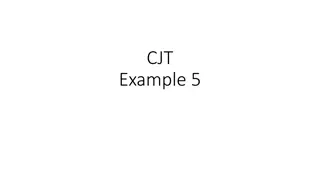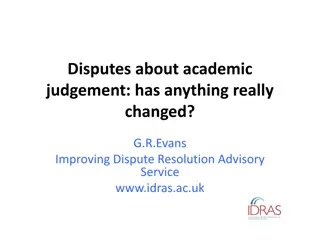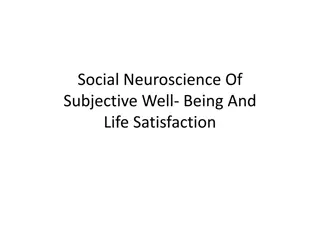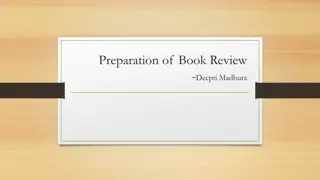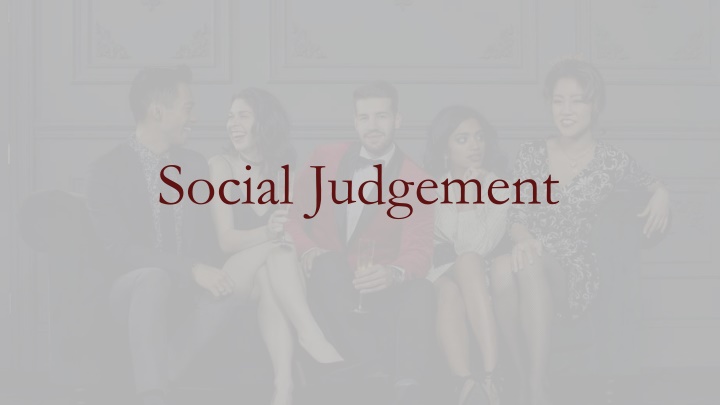
Insights into Social Judgment and Human Interactions
Delve into the intricate world of social judgment and human interactions, exploring how individuals assess each other, the evolutionary foundations behind such behaviors, and the impact of biases like the Halo Effect. Discover why people judge, how these judgments can be influenced, and the psychology behind evaluating others based on central traits. Uncover the importance of social connections and the nuances of assessing misconduct in different contexts.
Download Presentation

Please find below an Image/Link to download the presentation.
The content on the website is provided AS IS for your information and personal use only. It may not be sold, licensed, or shared on other websites without obtaining consent from the author. If you encounter any issues during the download, it is possible that the publisher has removed the file from their server.
You are allowed to download the files provided on this website for personal or commercial use, subject to the condition that they are used lawfully. All files are the property of their respective owners.
The content on the website is provided AS IS for your information and personal use only. It may not be sold, licensed, or shared on other websites without obtaining consent from the author.
E N D
Presentation Transcript
How do we judge each other? Why do we judge each other? Can we change how we judge others?
People think a lot about other people. Parents Friends Partners Enemies Strangers Famous People
Evolutionary Foundations People are highly social animals Survival requires: Social Coordination Teamwork, cooperation, cohesiveness: Hunting, gathering, protection against predators, building shelters, etc. Also requires assessment of others: Who has the right skills? Who can be trusted? Who would make a good leader? Follower?
For a clip on the importance of social connections CLICK HERE
Evaluating Others: Central Traits (Asch, 1952) Warm Cold Person 1: intelligent, skillful, industrious, cold, determined, practical, cautious Person 2: intelligent, skillful, industrious, warm, determined, practical, cautious Who is judged more positively? Follow-up Study: Person 1: intelligent, skillful, industrious, blunt, determined, practical, cautious Person 2: intelligent, skillful, industrious, polite, determined, practical, cautious No difference in evaluations!
The Halo Effect You re good looking, I bet you re nice too! Making generalized evaluations of a person based on a central trait.
CLICK HERE for a clip on on the Halo Effect and the Reverse Halo Effect
The Halo Effect in the Classroom Misconduct by a male student: Throws rocks at a dog Cute kid Not-So-Cute kid How severe was the misconduct? How should they be punished? Less severe misconduct, more lenient punishment More severe misconduct, harsher punishment
Implicit Personality Theory 2 Types of Halos: Warmth: Friendly, sincere, trustworthy, honest Competence: Intelligent, capable, skillful, creative 1st Evaluation: warmth 2nd Evaluation: competence
Who is judged most positively? Negatively? Warm Sam Andy Incompetent Competence Taylor Alex Biggest threat Cold
Attributions: Assessing Personal Responsibility Why did they do that? Would other people have done the same thing? Assessing Personal Responsibility Does it reflect what they are really like?
Internal Attributions External Attributions Attributing actions to external causes. Attributing actions to someone s character. Circumstances Personality Situational Factors Character Rewards Traits Costs Intrinsic motivations Norms/expectations
Fundamental Attribution Error Bias for internal attributions A person s actions reveal what they are like Personality, traits, values, etc External attribution as a correction Sensitivity to context/personal history Empathy and perspective taking Is a controlled process, requires mental effort
Target Judgements of Anxiety and Cognitive Business Cognitive Business 12 Percieved Anxiety of the Model 10 8 6 4 2 0 Normal Conditions Cognitive Strain Percieved Anxiety of the Model Relaxing Topics Percieved Anxiety of the Model Anxiety-Provoking Topics
Implications Judgmental as a natural tendency Empathy and sensitivity are not the norm Examples: Stress Fatigue Parallel Tasks/Distractions Alcohol

![textbook$ Wallbanger (The Cocktail Series Book 1) [KINDLE EBOOK EPUB]](/thumb/9895/textbook-wallbanger-the-cocktail-series-book-1-kindle-ebook-epub.jpg)
